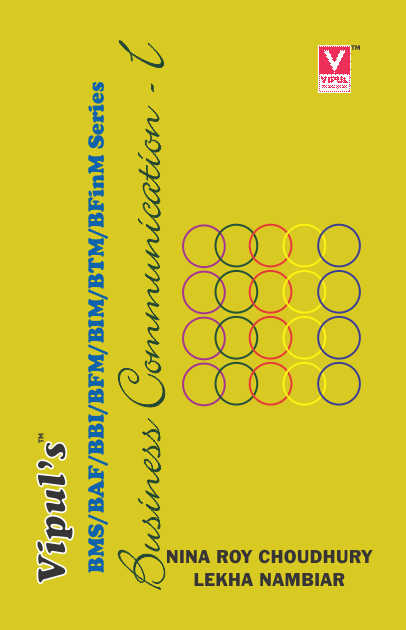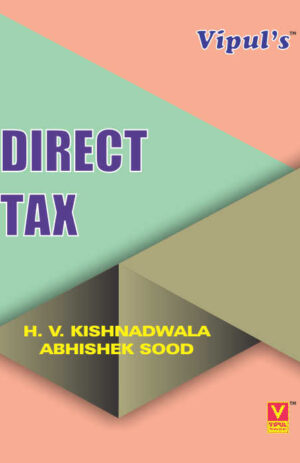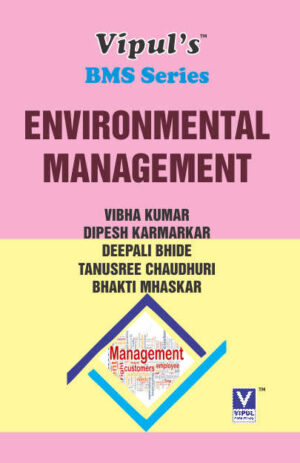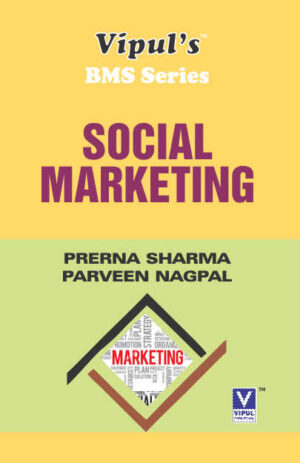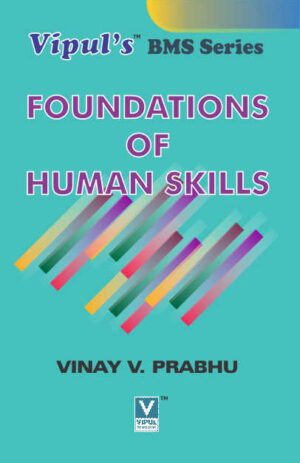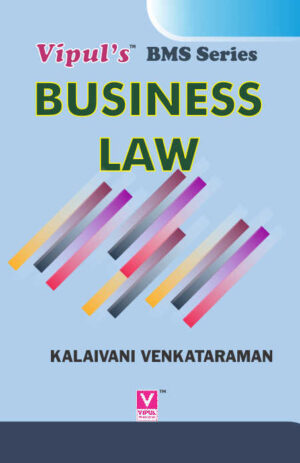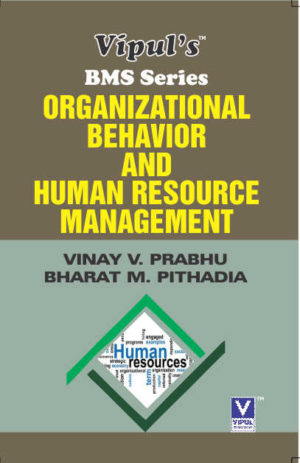Business Communication – I (OLD SYLLABUS)
₹200.00
FYBMS — SEMESTER – I
Author: Nina Roy Choudhury
Lekha Nambiar
SEVENTH REVISED EDITION 2022
Description
SYLLABUS
| No. | Modules / Units |
| 1 | Theory of Communication: |
| Concept of Communication: Meaning, Definition, Process, Need, Feedback Emergence of Communication as a key concept in the Corporate and Global world Impact of technological advancements on Communication.
Channels and Objectives of Communication: Channels- Formal and Informal – Vertical, Horizontal, Diagonal, Grapevine. Objectives of Communication: Information, Advice, Order and Instruction, Persuasion, Motivation, Education, Warning, and Boosting the Morale of Employees (A brief introduction to these objectives to be given). Methods and Modes of Communication: Methods: Verbal and Nonverbal, Characteristics of Verbal Communication Characteristics of Non-verbal Communication, Business Etiquette. Modes: Telephone and SMS Communication 3 (General introduction to Telegram to be given) Facsimile Communication [Fax]. Computers and E-communication Video and Satellite Conferencing. |
|
| 2 | Obstacles to Communication in Business World: |
| Problems in Communication/Barriers to Communication:
Physical / Semantic / Language / Socio-Cultural / Psychological / Barriers, Ways to Overcome these Barriers. Listening: Importance of Listening Skills, Cultivating good Listening Skills. Introduction to Business Ethics: Concept and Interpretation, Importance of Business Ethics, Personal Integrity at the workplace, Business Ethics and media, Computer Ethics, Corporate Social Responsibility. Teachers can adopt a case study approach and address issues such as the following so as to orient and sensitize the student community to actual business practices: Surrogate Advertising, Patents and Intellectual Property Rights, Dumping of Medical/E-waste, Human Rights Violations and Discrimination on the basis of gender, race, caste, religion, appearance and sexual orientation at the workplace, Piracy, Insurance, Child Labour. |
|
| 3 | Business Correspondence: |
| Theory of Business Letter Writing:
Parts, Structure, Layouts – Full Block, Modified Block, Semi-Block Principles of Effective Letter Writing, Principles of Effective Email Writing. Personnel Correspondence: Statement of Purpose, Job Application Letter and Resume, Letter of Acceptance of Job Offer, Letter of Resignation. [Letter of Appointment, Promotion and Termination, Letter of Recommendation (to be taught but not to be tested in the examination)] |
|
| 4 | Language and Writing Skills: |
| Commercial Terms used in Business Communication:
Paragraph Writing: Developing an idea, using appropriate linking devices, etc. Cohesion and Coherence, self-editing, etc. [Interpretation of technical data, Composition on a given situation, a short informal report etc.] Activities: ¨ Listening Comprehension ¨ Remedial Teaching ¨ Speaking Skills: Presenting a News Item, Dialogue and Speeches ¨ Paragraph Writing: Preparation of the first draft, Revision and Self – Editing, Rules of spelling. ¨ Reading Comprehension: Analysis of texts from the fields of Commerce and Management |

